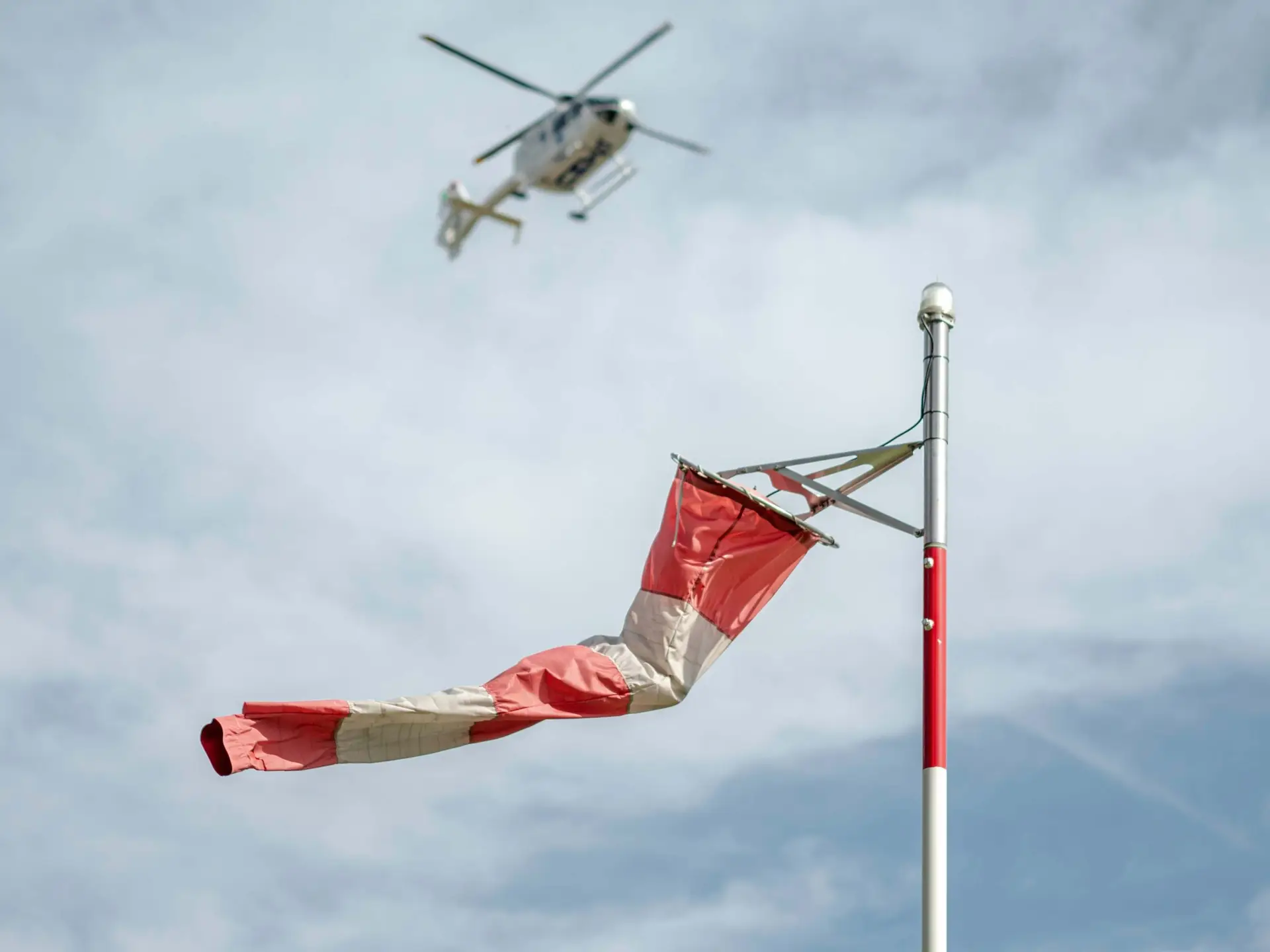Accidents are unpredictable, and emergencies can happen anytime, anywhere. Whether you’re a busy parent, an adventurous outdoor enthusiast, or a globe-trotting traveler, being prepared with a well-stocked first aid kit can make all the difference. In this blog post, we’ll explore the essential items on our first aid kit checklist, tailored specifically for different lifestyles. We’ll also provide practical tips on how to assemble and maintain your kit, and offer additional resources to help you stay safe and prepared.
Understanding the Essentials On Our First Aid Kit Checklist
When it comes to first aid kits, one size does not fit all. Depending on your lifestyle and needs, the contents of your kit may vary. However, there are some universal essentials that every first aid kit should include:
-
Bandages and Dressings:
- Adhesive bandages (various sizes)
- Sterile gauze pads
- Adhesive tape
- Elastic bandages
-
Antiseptics and Ointments:
- Antiseptic wipes
- Hydrogen peroxide
- Antibiotic ointment
- Hydrocortisone cream
-
Medications:
- Pain relievers (acetaminophen, ibuprofen)
- Antihistamines (for allergic reactions)
- Antacids
- Laxatives
-
Tools and Equipment:
- Tweezers
- Scissors
- Digital thermometer
- Disposable gloves
-
Emergency Items:
- CPR face shield
- Emergency blanket
- Instant cold packs
- First aid manual
For parents, consider adding items such as children’s medications, a digital thermometer, and fun bandages to help soothe little ones. Outdoor enthusiasts may need insect repellent, moleskin for blisters, and a whistle. Travelers should include motion sickness tablets, travel-size toiletries, and copies of important medical documents.
Building the Perfect First Aid Kit
You can purchase pre-packaged first aid kits at most drugstores, outdoor retailers, or online. However, assembling your own kit allows you to customize it according to your specific needs.
Where to Purchase:
- Local drugstores
- Outdoor gear shops
- Online retailers like Amazon
DIY Custom Kit:
- Start with a sturdy, waterproof container.
- Use zip-lock bags to organize items by category.
- Label everything clearly for quick access.
Storage and Maintenance:
- Store your kit in an easily accessible location.
- Check expiration dates regularly.
- Replenish used or expired items promptly.
Additional Tips and Resources
Having a first aid kit is just the beginning. Knowing how to use the items inside is equally important. Consider enrolling in a first aid course through organizations like the Red Cross or the American Heart Association. These courses provide hands-on training that can be invaluable in an emergency.
In today’s digital age, there are also several mobile apps that offer first aid guidance. Apps like First Aid by American Red Cross, St John Ambulance First Aid, and WebMD provide step-by-step instructions for various emergencies. Additionally, websites like Mayo Clinic and NHS offer comprehensive first aid resources and information.
Conclusion
A well-stocked first aid kit is an essential tool for parents, outdoor enthusiasts, and travelers. By understanding the essentials, building a custom kit, and staying informed on first aid practices, you can be prepared for any unexpected emergencies that come your way. Share this vital information with friends and family to promote safety and preparedness in your community. At Troomi Wireless, we believe in safeguarding not just physical health but also mental well-being. Our phones are designed to protect teenagers’ mental health by offering all the necessary features without exposing them to harmful elements like social media and cyberbullying. Stay safe, stay prepared, and explore more about our solutions to keep your loved ones protected.
Interested in learning more? Click here.

